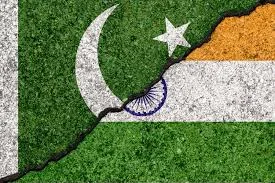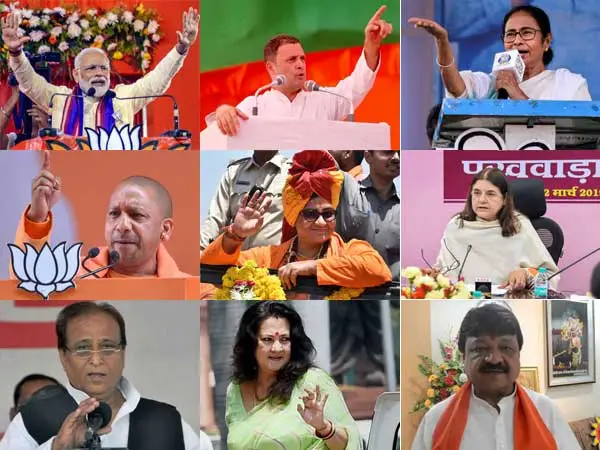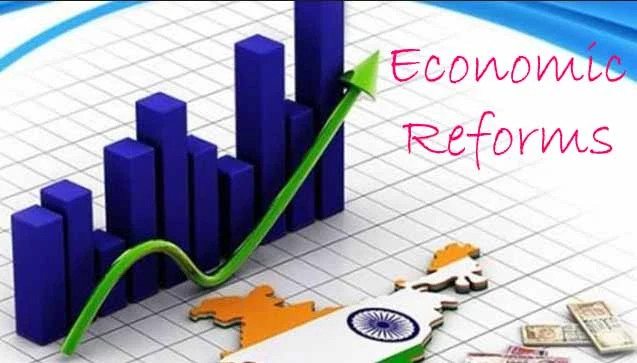The partition of India in 1947 is one of the most significant and tragic events in South Asian history. As a result, India and Pakistan became separate countries. The partition was not only a political division but also a human tragedy that displaced millions and caused widespread communal violence.
Understanding the history of partition helps us comprehend the complex political, social, and cultural factors that shaped modern India and Pakistan.
Causes of Partition
Several political, religious, and social factors led to the partition of India:
- Two-Nation Theory: Proposed by Muhammad Ali Jinnah, it stated that Hindus and Muslims were distinct nations and could not coexist in one country.
- Religious Divide: Tensions between Hindus and Muslims escalated during British rule, with demands for separate representation in politics.
- British Policies: The British colonial administration often employed divide-and-rule strategies, exacerbating religious divisions.
- Indian National Congress and Muslim League Conflicts: Political disagreements over governance and minority rights further fueled the demand for partition.
Key Events Leading to Partition
The road to partition included several important milestones:
- 1930s–1940s: Growing demand for Pakistan by the Muslim League and increasing communal tensions.
- 1946: The Direct Action Day in Bengal led to widespread riots between Hindus and Muslims, highlighting the urgency of a political solution.
- March 1947: Lord Mountbatten became the last British Viceroy of India, tasked with overseeing the transition to independence.
- June 3, 1947: The Indian Independence Act was passed, setting the framework for partition and independence on August 15, 1947.
The division was based on religious majority areas, creating Pakistan with Muslim-majority regions and India with Hindu-majority regions.
Impact on People and Society
The partition had devastating consequences for millions:
- Mass Migration: Around 14 million people were displaced, with Hindus and Sikhs moving to India and Muslims moving to Pakistan.
- Communal Violence: An estimated 1 to 2 million people lost their lives in riots, massacres, and ethnic cleansing.
- Loss of Property and Livelihood: Families abandoned homes, businesses, and lands, facing long-term economic hardships.
- Psychological Trauma: Survivors endured emotional scars and generational trauma, affecting communities for decades.
Partition reshaped the social and cultural landscape of South Asia, leaving deep-seated divisions that still influence politics and society today.
Challenges Faced During Migration
Migrating millions of people under such chaotic circumstances was extremely challenging:
- Logistics: Trains, boats, and caravans were overcrowded, with insufficient resources for food, water, and shelter.
- Safety: Travelers were vulnerable to attacks, looting, and violence during the journey.
- Women and Children: Many women were abducted, assaulted, or forced into marriages, causing profound social issues.
Despite these challenges, communities tried to rebuild their lives in new countries, showing resilience amid tragedy.
Long-Term Effects of Partition
The partition shaped the geopolitical and cultural landscape of South Asia:
- Political Tensions: India and Pakistan have fought multiple wars and continue to have strained relations.
- Cultural Shifts: Migration changed demographics, food habits, languages, and traditions in both countries.
- Border Disputes: Regions like Kashmir became flashpoints for conflict.
- Economic Implications: Partition disrupted trade and agriculture, impacting development for years.
Conclusion: Remembering the Partition
The partition history between India and Pakistan is a reminder of the consequences of political division and communal conflict. Millions of lives were affected, and the scars of partition are still visible today.
Studying this history encourages reflection, tolerance, and efforts toward peaceful coexistence. Understanding the human cost of partition ensures that future generations appreciate the importance of unity, harmony, and mutual respect.
How America Became the Most Powerful Country
Read Also : Social Network Website Design
![]()





